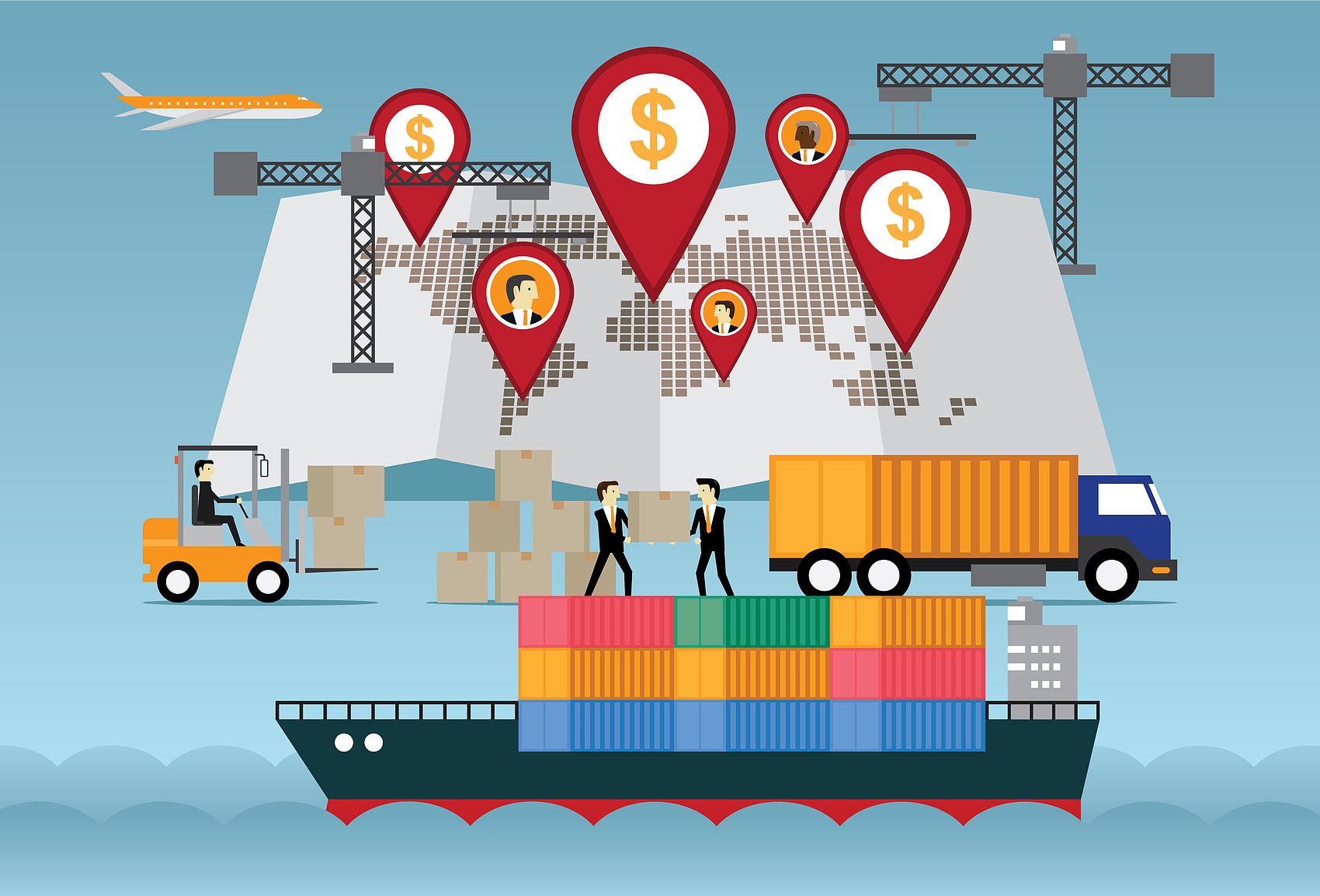
Escalating Tariffs: A New Chapter in U.S.-China Trade Tensions
The U.S. “reciprocal tax” policy targeting Chinese imports has entered a decisive phase, with combined tariffs on important Chinese goods accounting for 54 percent (the new tariff being charged at at34 percent on top of a preexisting 20 percent Section 301 tariff). The move was framed by Washington as a response to China’s “unfair trade practices,” which resulted in retaliatory action from Beijing, including imposed tariffs of 10 percent to to15 percent on U.S. agricultural exports and restrictions on certain rare earth element exports.
The policy’s immediate impact is evident:
- U.S. consumer costs are projected to rise by $2,300 annually per household due to higher prices for electronics, apparel, and machinery.
- Chinese exporters face profit margin compression, particularly in labor-intensive sectors like textiles and furniture, where export costs have surged by 30%-50%.
Supply Chain Shifts: From Globalized to Regionalized
The tariff escalation has accelerated a seismic shift in global supply chains, forcing multinational corporations to adopt ”China+1″ strategies or risk punitive costs:
- Vietnam’s Double Bind
Once a favored destination for manufacturing diversification, Vietnam now faces 46% U.S. tariffs on exports like footwear and electronics. Textile margins have collapsed from 8% to -5%, pushing companies like Nike to relocate production to Mexico and India. - Mexico’s Strategic Advantage
Under the USMCA agreement, goods with 75% local content qualify for tariff exemptions. Chinese EV giant BYD and e-commerce platform Temu are leveraging Mexican factories to bypass tariffs, with Mexico’s U.S.-bound exports now exceeding $120 billion annually. - ASEAN’s Fragmented Landscape
While Cambodia (49% tariffs) and Thailand (36%) struggle, Malaysia and Indonesia are emerging as alternatives for semiconductor packaging and renewable energy equipment, aided by RCEP regional trade benefits.
Tech and Policy: The New Battlegrounds
The tariff war has evolved into a clash over technological sovereignty and rule-making:
- Semiconductors: U.S. tariffs of 50% on sub-14nm chips aim to curb China’s tech ascent, but Huawei’s 7nm chips now achieve 90% domestic production, reducing reliance on foreign suppliers.
- Green Energy: Chinese solar panel makers like Trina Solar are pivoting to Middle Eastern markets after facing 50%-250% U.S. tariffs on Southeast Asian exports.
- Digital Trade Tools: Companies deploy AI-driven solutions like Temu’s demand forecasting and blockchain-enabled customs clearance on China-Europe freight trains to offset tariff disruptions.
Industry Spotlight: Winners and Losers
- Automotive: Japanese automakers face 24%-25% U.S. tariffs, while Chinese EV makers like NIO exploit Mexico’s USMCA loopholes to boost U.S. sales by 22% in 2024.
- Consumer Electronics: Apple struggles with China’s rare earth export controls, while Xiaomi gains ground through localized production in India and Turkey.
- Agriculture: U.S. soybean exporters lose $2.4 billion annually due to Chinese tariffs, prompting Beijing to increase Russian wheat imports to 18% of total procurement.
Expert Analysis: A Fragmented Future
Economists warn of long-term consequences:
- Global trade volumes could shrink by 3%-5%, with the IMF projecting a 40% increase in trade costs.
- Regional alliances like RCEP and the EU’s proposed “balancing tariffs” on U.S. motorcycles signal a shift toward multipolar trade blocs.
Peter Navarro, former U.S. trade advisor, admits, “This isn’t just about tariffs—it’s a reordering of who controls the rules of globalization.”
Conclusion: Navigating the New Normal
For businesses, survival hinges on agile supply chains and technological resilience. As the U.S. and China lock horns, the real victors may be those mastering dual strategies: tapping China’s innovation ecosystem while harnessing regional trade pacts like USMCA and RCEP.
Stay updated with Promispecial’s tariff impact dashboard and supply chain advisory services to turn geopolitical risks into competitive advantages.























